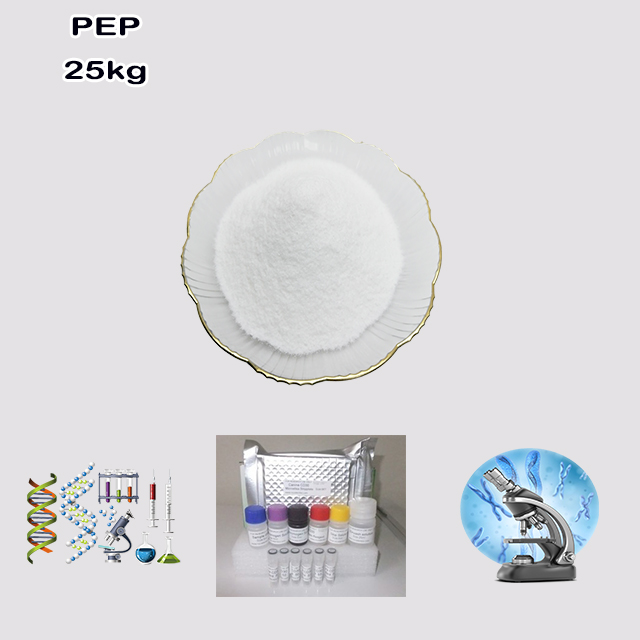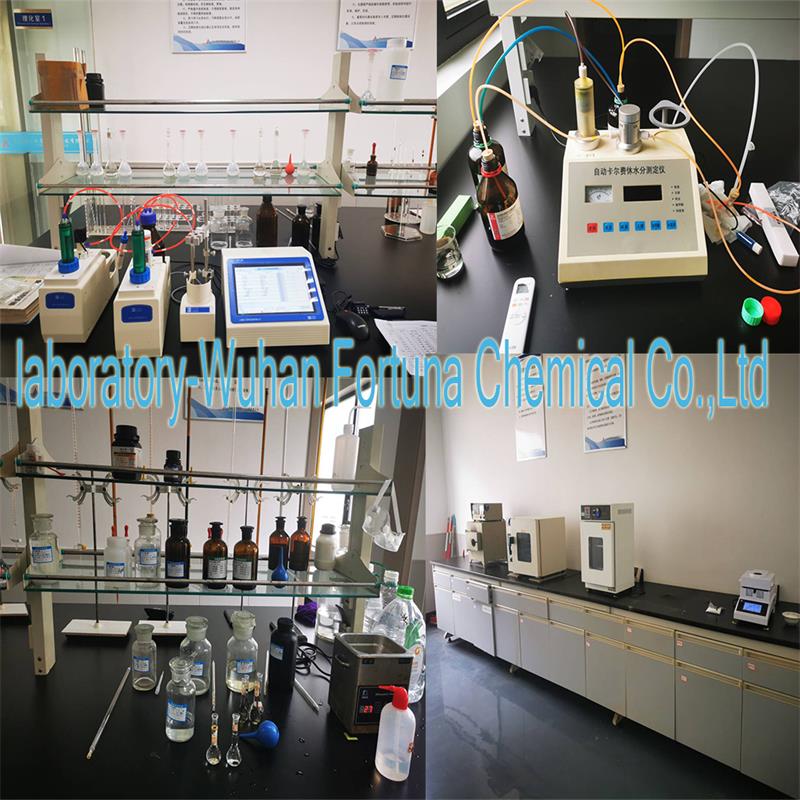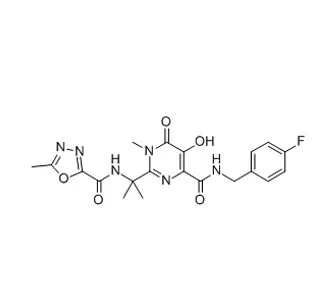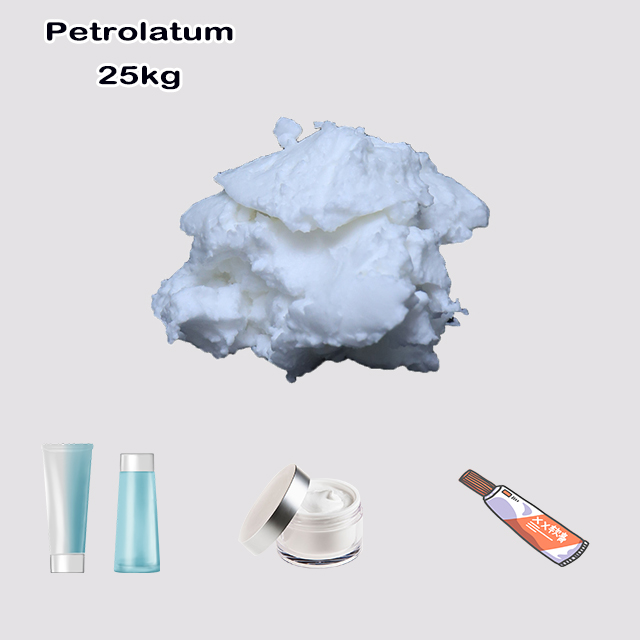
Search

Search











Phosphoenolpyruvic Acid Tris(cyclohexylammonium) Salt is a stabilized, water-soluble salt of phosphoenolpyruvic acid (PEP), a high-energy molecule central to cellular metabolism. The "tris(cyclohexylammonium)" component makes the normally unstable PEP shelf-stable for laboratory use. It is primarily used as an enzymatic substrate in ATP-regeneration systems. In these systems, the enzyme pyruvate kinase transfers PEP's phosphate group to ADP, continuously regenerating ATP to fuel other energy-dependent biochemical reactions, such as protein phosphorylation or nucleic acid synthesis.
Items | Specifications | Results |
Appearance | Comply | |
Heavy metals(Pb %) | ≤0.003 | <0.003 |
Solubility[1%(w%)] | Colorless or pale yellow,clear | Comply |
Water(%) | ≤4% | 0.89% |
Content(%) | ≥99% | 99.4% |
Conclusion | Comply | |
Phosphoenolpyruvic Acid Tris(cyclohexylammonium) Salt is a stabilized, salt-form of Phosphoenolpyruvic Acid (PEP), which is a crucial high-energy molecule found in every living cell. This particular salt form is manufactured for laboratory use because it is far more stable and soluble than the pure acid, making it easier to handle in experiments.
Biological Role: PEP is one of the highest-energy biological molecules. It acts as the central energy currency in the glycolytic pathway, the process cells use to break down sugar for energy.
Key Function: Its primary role is to donate its high-energy phosphate group to a molecule of ADP, thereby creating ATP—the main energy carrier of the cell. This reaction is catalyzed by the enzyme pyruvate kinase.
Chemical Instability: Pure PEP is highly unstable and decomposes rapidly, especially in water. This makes it impractical for use in laboratory kits and experiments.
To solve the instability problem, PEP is converted into a salt.
Cyclohexylamine: This organic compound is used to neutralize the acidic phosphate groups of PEP.
"Tris" Prefix: The "tris" indicates that three molecules of cyclohexylamine are bound to one molecule of phosphoenolpyruvic acid. This neutralization creates a stable, crystalline solid.
Advantages of the Salt Form:
Enhanced Stability: It can be stored for long periods at low temperatures (-20°C) without significant degradation.
Improved Solubility: It is readily soluble in water, which is essential for biochemical assays.
This compound is almost exclusively used as a substrate (a reactant) in enzymatic reactions, particularly those involving kinase enzymes.
Its most common application is in ATP-regeneration systems:
The Goal: Many biochemical reactions require ATP as an energy source. However, if the reaction produces ADP as a byproduct, it can become inefficient.
The Solution: Researchers add Pyruvate Kinase (PK) and Phosphoenolpyruvic Acid Tris(cyclohexylammonium) Salt to the reaction mixture.
The Regeneration Cycle:
The kinase enzyme in the main reaction uses ATP and produces ADP.
The Pyruvate Kinase (PK) enzyme then catalyzes the transfer of a phosphate group from PEP to the newly formed ADP, instantly regenerating ATP.
This cycle continues, maintaining a steady supply of ATP for as long as there is PEP available.
This system is vital for processes like protein phosphorylation studies, DNA/RNA synthesis, and other ATP-dependent reactions.
| Feature | Description |
|---|---|
| Identity | A stable, water-soluble salt form of the high-energy biological molecule Phosphoenolpyruvic Acid (PEP). |
| Purpose | To act as a reliable source of PEP for laboratory experiments. |
| Key Application | As a component in ATP-regeneration systems to drive energy-intensive enzymatic reactions. |
| Why the Salt Form? | The pure acid is unstable; the tris(cyclohexylammonium) salt provides the necessary stability and solubility for practical use. |




Fortunachem Provides Not Only Professional Chemical Products But Also Professional Help
Keeping you up-to-date with all the latest information, news, and events about Fortunachem!

Quick Links
Add:
E-mail:
 English
English  Español
Español  français
français  العربية
العربية 






